On the morning of Sept. 16, residents of downtown Palo Alto woke up to a new world.
Walking outside their homes in Downtown North and Professorville, they couldn't help but spy a strange, rare and most welcoming sight: open parking spots.
The reason for this "miracle," as one downtown resident called it at a public meeting days later, was a newly implemented parking-permit program, which effectively banished cars belonging to Caltrain commuters and Stanford University students from the residential streets and forced downtown's denizens and businesses into a coalition. The goal of the group was to solve the city's most complex, frustrating and urgent problem: a weekday influx of cars that residents have long compared to a "tsunami."
The permit program proved a success, albeit an uneven one. The number of cars parking on downtown's residential blocks dropped by more than 300, according to city planners, but many commuters simply parked farther away from the heart of downtown, thus spreading the problem to other neighborhoods.
That shortcoming notwithstanding, the dramatic shake-up of downtown's parking situation wasn't just the most impactful event of the year in Palo Alto, it was also the most emblematic. Like other issues that captivated the Palo Alto City Council's attention in 2015 -- from the painful tug-of-war over Buena Vista Mobile Home Park's future to a sweeping new law setting an annual limit on new office space; from bans on two-story homes in Eichler neighborhoods to new ordinances limiting chain stores on California Avenue; from a new minimum-wage ordinance to the prohibition of ground-floor retail space turning into offices -- the Residential Preferential Parking program was borne out of a clash between Palo Alto's elected officials and a sizzling economy.
Past rivalries between slow-growth "residentialists" and more established, pro-growth citizens -- clashes that characterized the city's political divide in 2013 and 2014 (with the residentialist side prevailing on Election Day in both years)-- seemed in 2015 like a bygone era. Much like downtown businesses and residents, the council's factions joined forces this year to take on a greater enemy -- growth and the problems it brings. Thus, the council found itself playing a brand of aggressive, swarming defense.
The tone was set from the get-go, when the newly reconstituted council unanimously elected Karen Holman -- veteran planning commissioner, leading residentialist and the 2014 election's top vote-getter -- as its mayor. Holman, who had spent her prior council term on the outskirts of the council dais, often casting minority votes, now had the center chair and the gavel. Next to her sat Vice Mayor Greg Schmid, a slow-growth proponent who, like Holman, had spent years on the council's political and physical fringe.
In her State of the City speech in February, Holman highlighted the issues the council needed to address in 2015: preserving local retail, curbing the growth of office space and solving traffic and parking conundrums.
On the matter of retail leaving Palo Alto, she noted, "It's the market forces, and markets work much faster than does government, so it's our job to address this as soon as possible."
To be sure, the market has brought blessings as well as curses. Palo Alto continues to be a magnet for small startups and innovation giants, from Tesla and Ford (which this year established a research lab in the city) to Yelp and Palantir. The local economy is booming, with tax revenues on the rise in every category. Furthermore, the recent boom in new hotels (as well as the voters' decision in 2014 to raise the local hotel-tax rate) offers plenty of assurance on the revenue front. When City Manager James Keene observed on Dec. 14 how well the local economy is doing relative to other places around the country, he credited it in large part to the "dynamic aspect of the market itself," which ultimately determines the price and demand for hotel rooms.
Thanks to the market, Palo Alto has been able to dramatically ramp up its street-repair program and make steady progress in 2015 on several long-discussed infrastructure projects: a public-safety building, replacement of two fire stations, a new bike bridge over U.S. Highway 101 and a slew of road improvements to calm traffic on crowded Charleston/Arastradero roads intersection. The revenue surge also enabled city to celebrate the completion of a streetscape transformation on California Avenue; the renovation of Rinconada Library (the final project from a 2008 library bond); new playing fields at El Camino Park; and refurbished meeting rooms and lobby space at City Hall.
But it's the market's excesses, rather than its virtues, that dominated the discussions in City Hall. The Palo Alto council, now equipped with five residentialists, spent much of 2015 considering an issue key to the slow-growth philosophy: preservation of the city's "quality of life." In that sense, the council's success this year can be measured just as effectively by what didn't happen in Palo Alto as by what did.
For one thing, Palo Alto saw no "planned-community" projects -- controversial developments that exceed zoning regulations but that win approval after promising to deliver negotiated "public benefits." The most recent of these to win the council's approval, a planned housing development on Maybell Avenue that included 60 apartments for low-income seniors and 12 market-rate houses, was shot down by the voters in 2013. The council then responded by suspending planned-community zoning, deeming it "broken." The process of fixing it stalled this year and will surely reignite in 2016. In the meantime, all developments must comply with the zoning code.
Even those projects that comply could find themselves facing new hurdles, thanks to the city's new cap on office space, which the council crafted in the spring and adopted in September. Under the ordinance, new office and research-and-development projects in Palo Alto's three prime commercial areas will collectively be limited to 50,000 square feet per year. If new development exceeds this threshold, individual projects will be scored against one another as part of a process described by council members as a "beauty contest."
In advocating for the office cap, Councilman Tom DuBois pointed to the booming commercial market and the city's housing shortage, arguing on March 24 that the "status quo is not working."
"We have to strike a balance and have a diversity of land use," DuBois said.
---
While "diversity" citywide may be a council goal, in the Joseph Eichler-developed neighborhoods of Greer Park North, Los Arboles and Royal Manor, uniformity is the greater prize.
All three neighborhoods petitioned this year to ban new two-story homes from being built in their tracts. In applying for the zoning, called a single-story overlay, Eichler homeowners argued that the vertical growth is both killing the Eichler aesthetic and destroying their privacy.
Opponents of the zone change, including several young families in Green Park North, argued that the restriction would deal a blow to their property rights and keep them from accommodating their expanding families. For the council, however, the will of the many trumped the property-rights argument of the few. The council first agreed to waive the application fee for the zoning applications and then approved the new ban in Greer Park North and Los Arboles (it will consider Royal Manor next year).
The conflict between private rights and the public good also loomed large in the struggle over Buena Vista, the city's only mobile-home park, which houses about 400 low-income residents in Barron Park. The market suggested that the land is underdeveloped and that the property owners could realize a sizable profit by redeveloping the land as high-end apartments. The Jisser family has been trying to do just that since 2012, when it first applied to close Buena Vista.
But by a broad consensus, Palo Alto's elected leaders, school officials and hundreds of residents from Barron Park and beyond argued that closing the mobile-home site would be a disaster, not just for the park's roughly 400 residents but for the city at large. The closure, they argued, would make the city less diverse and take away a crucial source of affordable housing in a city where "affordable housing" has become an oxymoron.
Winter Dellenbach, founder of the grassroots group Friends of Buena Vista, highlighted the inherent conflict when she addressed the council in January.
"It's not just the rights of the property owners," Dellenbach said. "It's the rights of all these people."
While the council grudgingly upheld in May the Jisser family's closure application, Councilwoman Liz Kniss told the gathered crowd, "We hope the door you feel has closed tonight will open another door very soon."
To bolster these hopes, the council allocated $14 million to an effort to buy the park from the Jissers (another $14 million was pledged by Santa Clara County). Yet the episode then took a disappointing turn: By fall, both the Buena Vista residents and the Jisser family filed lawsuits against the City, and the Jissers have indicated that they no longer wish to negotiate with the city over Buena Vista's sale.
For now, the mobile home park remains occupied by the residents.
---
Palo Alto officials had far more success on other fronts in its battle against market forces.
Recognizing the city's soaring cost of living, the council voted unanimously in August to adopt a minimum-wage ordinance. In addition to raising the minimum wage to $11 an hour starting in January, the council also agreed to pursue further wage hikes with the goal of getting to $15 by 2018.
Councilman Marc Berman said the higher wage might allow some low-earning employees to "move a little closer and commute not as far."
Similarly, the council determined that the free market can't be trusted when it comes to retail shops. In the spring, the council passed an "urgency ordinance" banning the conversion of ground-floor retail stores into offices (The law was extended in June until April 2017). The vote followed the departure of several longtime restaurants and stores -- including Avenue Florist, Bargain Box, Jungle Copy, Shady Lane and University Art -- in most cases because they were priced out. In some cases, like with the departed Mediterranean restaurant Zibibbo, offices moved in.
"If you just say the economy will do what the economy wants, you'll hurt retail vitality and you'll hurt walkability and the ability of people who live in Palo Alto to shop in Palo Alto," council watchdog Bob Moss said during an April hearing on the ground-floor-retail ordinance.
A similar dynamic was in play in September, when the council passed a law regulating chain stores on California Avenue. Now, companies with 10 or more locations will have to get a special permit from the city before they can set up shop in the California Avenue area. These permits will have to be approved by the city and are subject to appeals from residents.
"We don't want retail and personal services to have to compete with today's office (rental) rates and get driven out," Councilman Pat Burt said during the September discussion.
---
There were other shifting dynamics and small victories for the council in 2015. By the end of the year, there was a general consensus that the city's architectural-review process needs improvement, the city's supply of housing should expand, and there's still plenty of work to do on the city's infrastructure.
The city's update of its guiding land-use document, the Comprehensive Plan, remains a work in progress, as it has for the past decade, despite the council's pledge early in the year to devote particular attention to it.
A long-desired system that would deliver ultra-high-speed Internet access throughout the entire city, known as "Fiber to the Premises," remains a dream, despite yet another year of studies, public hearings and misplaced hopes.
Progress on a "landmark" new bridge over U.S. Highway 101 that the council approved in March has stalled, with the council voting this month to reset the design process. And while the council this year selected a new future home for Palo Alto's public-safety departments (a city-owned parking lot on Sherman Avenue), in reality, it will be years before that high-priority project is built.
The year may have lacked big celebrations and defining moments, but for the busy council it was 12 months of compromise, consensus-building and some accomplishment around quality-of-life problems, notably the downtown parking crunch.
In his recap of the year, Keene cited "an intervention kind of mood" in the city and said that 2015 gave everyone a chance to "catch our breath and see where we are."
After the tumultuous referendum of 2013 and the political upheaval of 2014, that may not have been a bad thing.
---
Read other Year in Review stories:
• Difficult start to the year gives way to soul-searching, new visions for Palo Alto school district
• Palo Alto residents flex their muscle: 2015 was a year of successful citizen activism
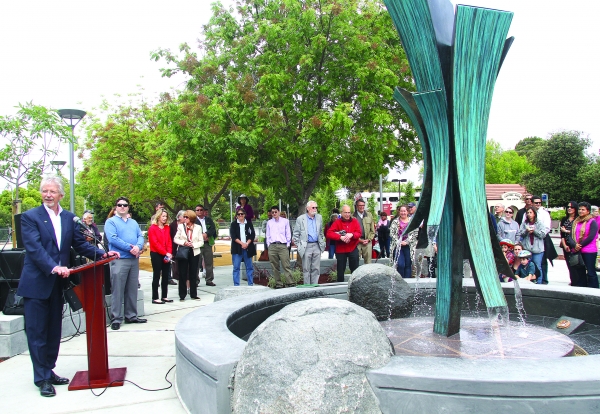
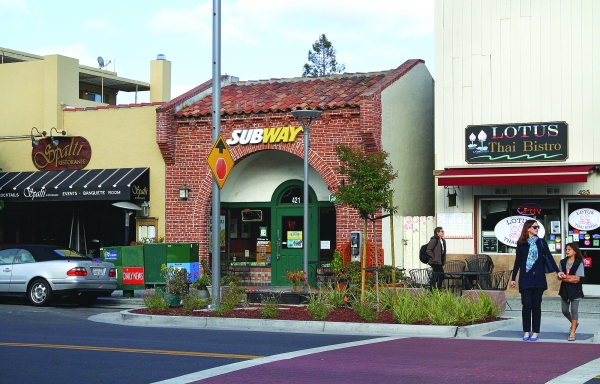
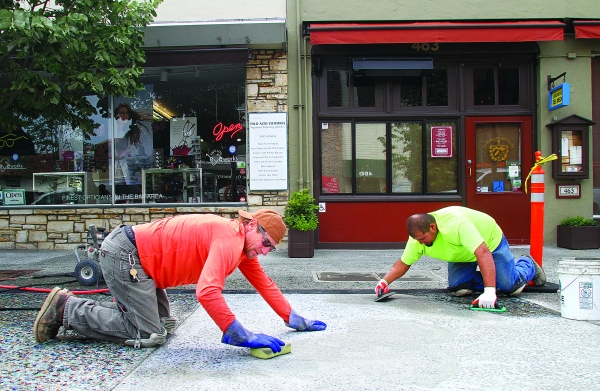
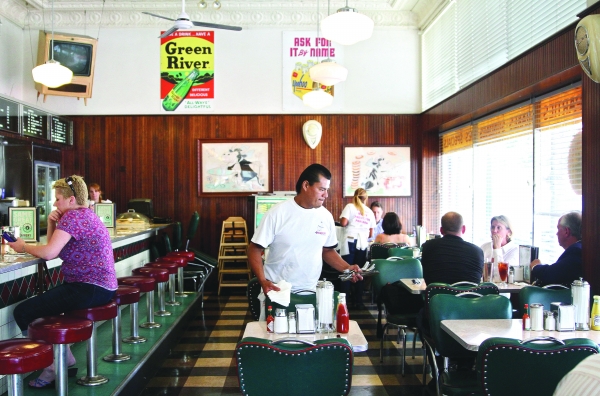
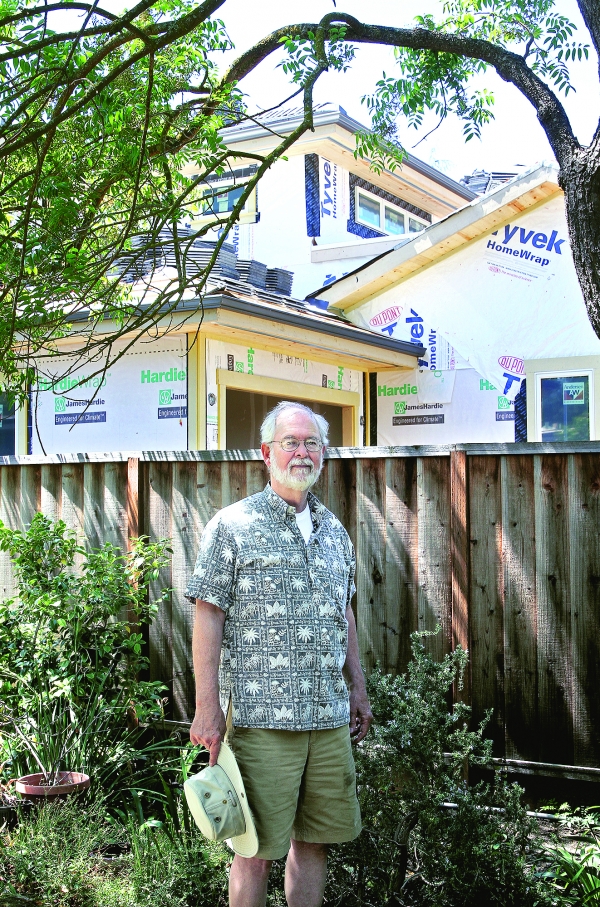
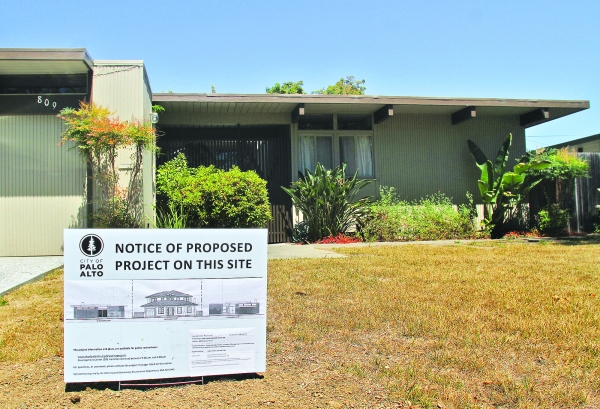
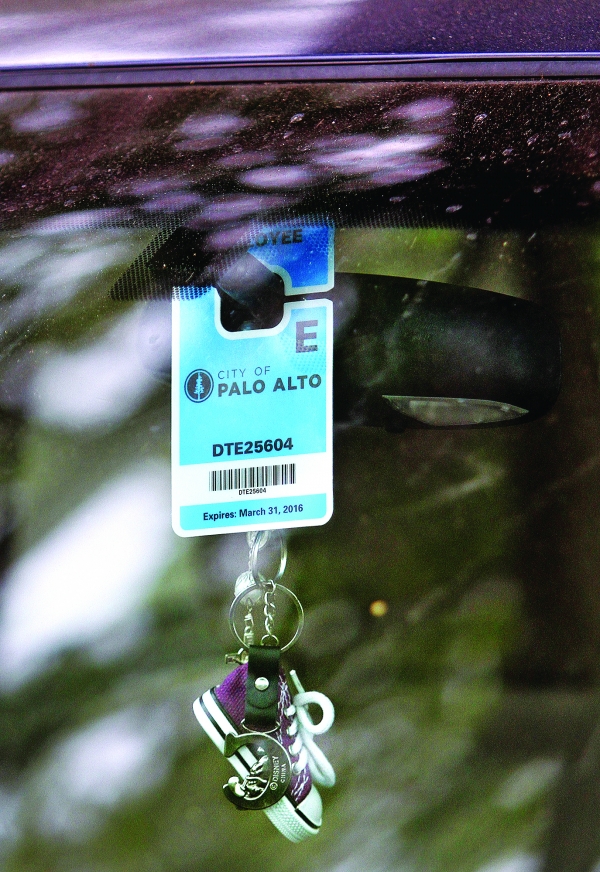
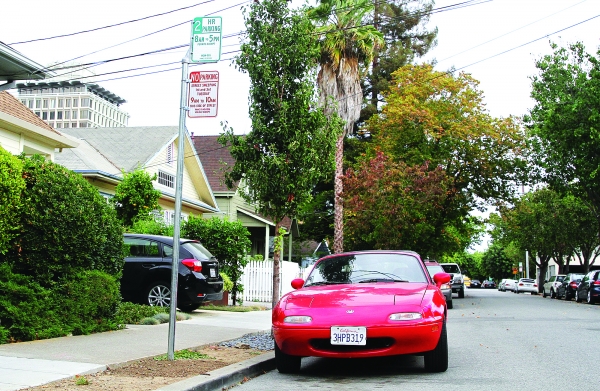


Comments
Barron Park
on Dec 31, 2015 at 11:15 am
on Dec 31, 2015 at 11:15 am
This 2015 year marked a Turning Point Year for Palo Alto in reforming its zoning of industrial sites with Extremely Hazardous Materials. For the past decade, residents who live close to the Research Park have been appealing to City officials to come to terms with the zoning lapse that had allowed CPI to reconstruct its plating facility and increase its stock of extremely hazardous materials without consulting or even notifying the neighborhood.
The issue has taken a long time to resolve. But finally our City government officials, both Staff and Council, recognize that having allowed this facility to be located so close to homes was, in hindsight, an unwise decision. The City Council action in November 2015, and unanimous City Council vote in supporting City Staff recommendation, validates residents' long standing position: the current situation poses a risk to nearby residents, is incompatible with good zoning standards and current zoning practices, and changes must be made. The Council agreed to a plan proposed by the Staff and voted to take action.
Old Palo Alto
on Dec 31, 2015 at 12:02 pm
on Dec 31, 2015 at 12:02 pm
As someone who was opposed to the California Avenue renovation project it seems to have turned out pretty well. Looks better than before and I haven't noticed a significant impact on traffic due to lane reduction. Though it had some problems with the raised glass in concrete and took longer than expected (what else is new...it's the Palo Alto way) all in all I think most are happy, including merchants who were initially opposed.
Another Palo Alto neighborhood
on Dec 31, 2015 at 3:02 pm
on Dec 31, 2015 at 3:02 pm
My rent has gone up 40 percent, since 2008. My landlord would not consider a tenant making less than $50 an hour, fulltime or the equivalence.
Another Palo Alto neighborhood
on Dec 31, 2015 at 3:06 pm
on Dec 31, 2015 at 3:06 pm
Maybe in five decker bunk beds...
Woodside
on Dec 31, 2015 at 5:29 pm
on Dec 31, 2015 at 5:29 pm
[Post removed.]
Los Altos Hills
on Sep 26, 2017 at 3:37 am
on Sep 26, 2017 at 3:37 am
Due to repeated violations of our Terms of Use, comments from this poster are automatically removed. Why?